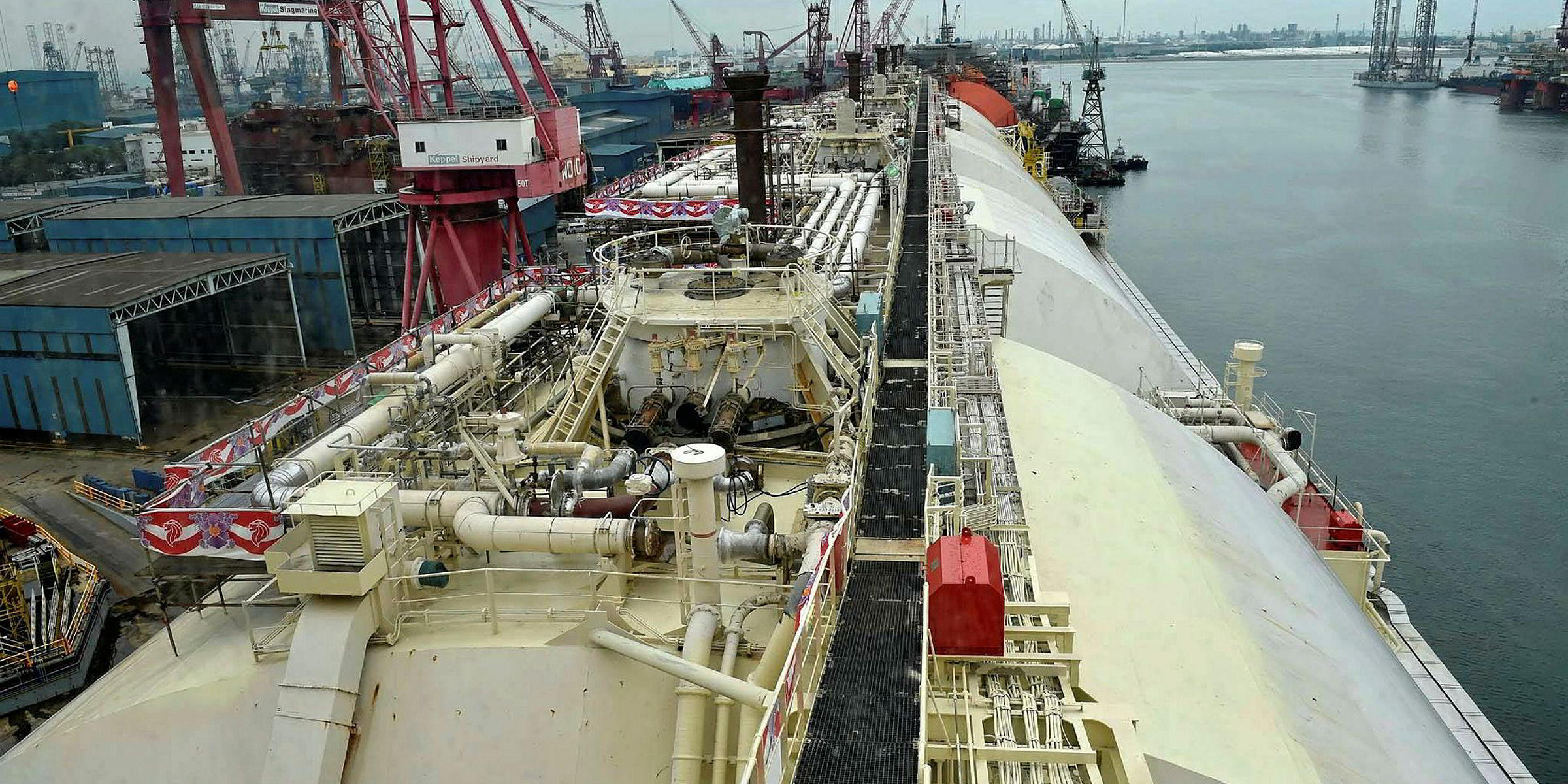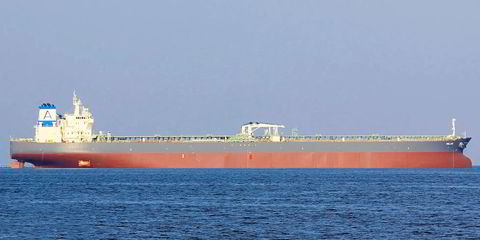Russia’s Gazprom will use a LNG floating storage unit (FSU) to provide a quick and cheap solution for its upcoming mid-scale export Portovaya LNG project in the Baltic Sea supplied by pipeline gas.
The energy giant is understood to have identified up to five LNG carriers that might make suitable conversion candidates.
It is looking for a vessel in the 125,000-cbm to 150,000-cbm range. There is some preference for a Moss-type ship, to avoid sloshing issues for partial tank filling levels, but it will also consider LNG carriers fitted with membrane-type cargo tanks, since the FSU will be located behind a breakwater.
The location near Vyborg technically needs an ice-class vessel but since none of the older vessels in the world fleet were built to such specifications, an ice belt would probably need to be fitted.
One of the key considerations for Gazprom will be the requirement to see the unit in place by December 2018.
Those experienced in LNG carrier conversion work say upgrading a vessel and adapting it for local conditions and project specifications could take up to nine months.
Three recent projects have been started up using LNG carriers as FSUs, in Malta, Jamaica and Bali, but all have been for importing product.
The Portovaya LNG plant, which has been jointly developed with Russian engineering holding SRDI Oil & Gas Peton, has been designed to produce around 1.5 million tonnes per annum of LNG sourced from excess pipeline gas.
It will be close to the compressor station at the start of the underused Nord Stream subsea Baltic line.
The project would include a 40,000-cbm onshore storage tank but to facilitate a start-up by the end of next year and to keep costs in check, Gazprom has opted to use an existing vessel to supply storage. A full land-based storage option had been under consideration.
Visiting LNG carriers would load from the FSU to collect export cargoes. The unit would be capable of loading and discharging cargoes simultaneously.
Observers point out that it would compete with another plant supplying Finnish users located just 20 kilometres away.
Gazprom Flot’s under-construction 174,100-cbm floating storage and regasification unit (FSRU) newbuilding, which is due to be sited at the Russian enclave of Kaliningrad by the end of this year — will also be able to load cargoes supplied through the Portovaya FSU, if required.
The Arc4 ice-class FSRU will be winterised to -30°C and have full trading capabilities. It is scheduled to be operational by December.




